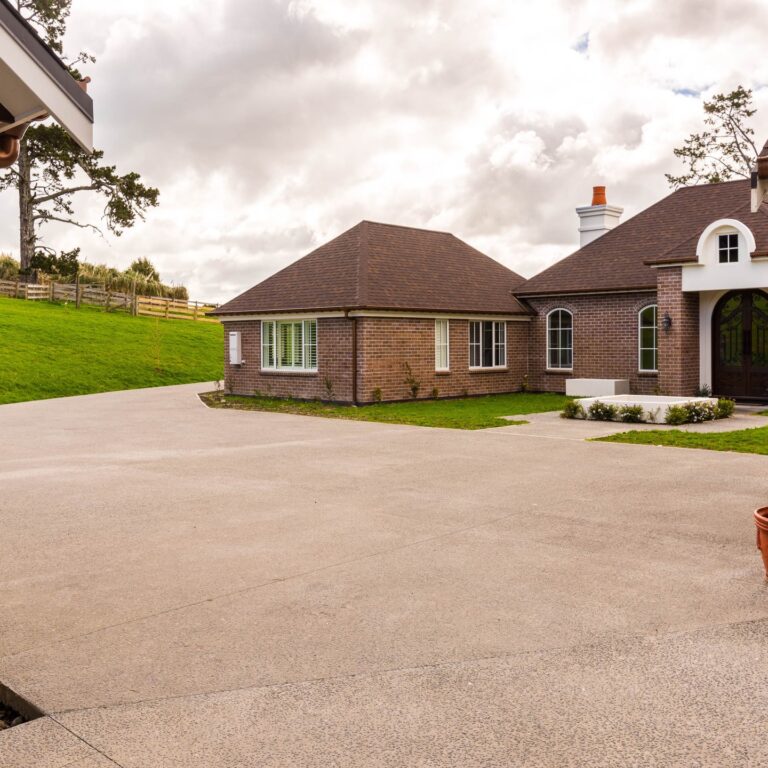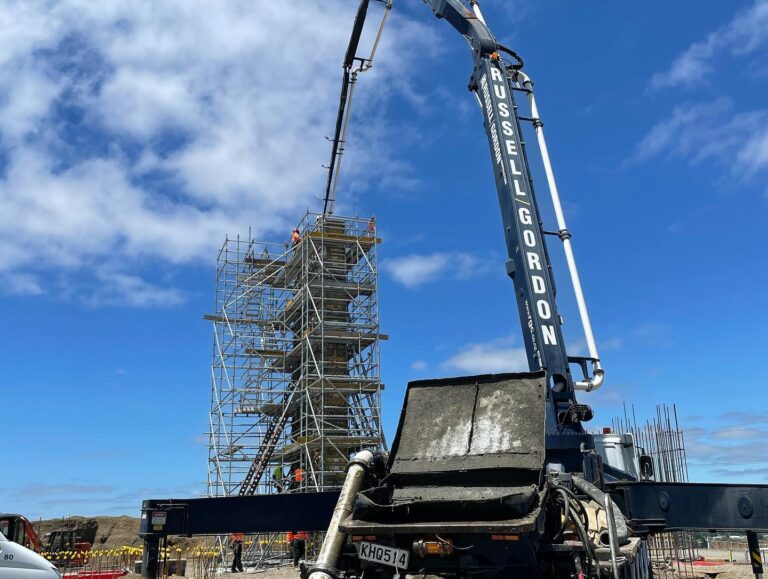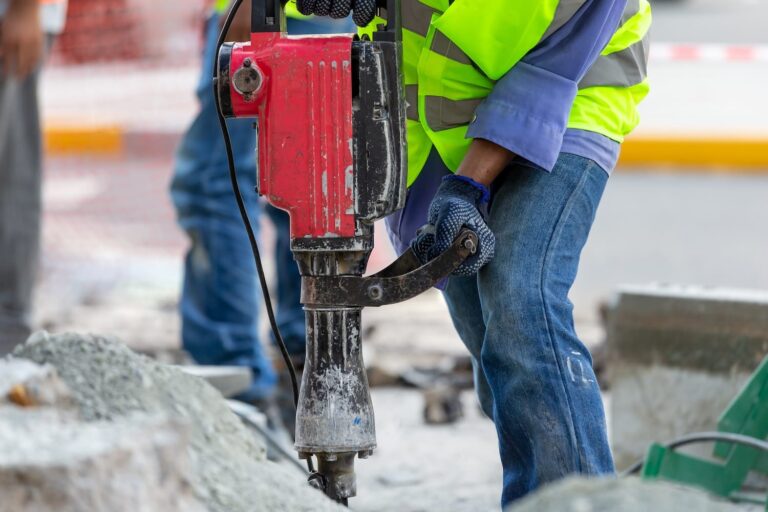Effective and accurate concrete placement is essential for maintaining structural integrity and fulfilling project deadlines when building a new house. Concrete pumping has emerged as a crucial technique in modern building, providing a range of choices suited to each project’s requirements. Understanding these options will enable you to make well-informed decisions that will optimize the success of your new home.
1. Boom Pumps:
Boom pumps are truck-mounted devices with a hydraulic arm, or “boom,” that enables precise concrete placement over long distances and at considerable heights. As the boom can maneuver around obstructions and transport concrete straight to the required area, this kind of pump is perfect for large-scale projects or locations with difficult access. However, boom pumps are frequently better suited for large-scale residential or commercial projects because of their size and capacity.
2. Line Pumps:
Concrete is moved horizontally and, to a lesser degree, vertically using line pumps, often referred to as trailer-mounted pumps, which use a network of hoses and pipes. They work effectively for residential projects where the distribution point is be in tight or difficult-to-reach areas, such as patios, driveways, and foundations. For smaller-scale applications, line pumps are typically more affordable and provide flexibility.

3. Specialized Pumps:
Specialized concrete pumps, including skid-mounted or rail-mounted devices, can be used for certain construction sites. Usually, they are employed in projects with particular logistical difficulties or limitations. Although they are less frequently used in typical residential construction, they can be taken into consideration in situations when more conventional pumping techniques are not feasible.
Considerations for Selecting a Concrete Pumping Option:
1. Project Scale and Complexity: To choose the best pumping technique, evaluate the scope and complexity of your project. While line pumps may be more appropriate for smaller projects, boom pumps’ reach and capacity can be advantageous for larger, more complicated projects.
2. Site Accessibility: Assess how easily accessible your building site is. As line pumps are better at navigating confined places, they can be used in tight or blocked regions.
3. Budget Restrictions: Calculate how much each pumping choice will cost your project. Compared to line pumps, boom pumps often have greater rental and operating expenses, therefore it’s critical to match your budget with your selection.
4. Concrete Mix Specifications: Certain pumps have restrictions on aggregate size and uniformity, be sure the pump you choose can manage the particular concrete mix design needed for your project.
Advantages of Concrete Pumping for Residential Building:
1. Improved Precision: By enabling precise placement, concrete pumps lessen the possibility of cavities or overflows, which can jeopardize structural integrity.
2. Enhanced Efficiency: By speeding up the placement process, pumping concrete helps to meet strict construction deadlines and lower labor expenses.
3. Better Quality: Throughout the pour, the concrete qualities are maintained and the chance of segregation is reduced with consistent and controlled placement.
Your house building project will be completed safely, properly, and efficiently if you use the right concrete pumping technique. You can choose the best pumping solution to fit your demands by understanding options available and taking into account factors like project size, site accessibility, and financial limitations.
More about RGC:
Our specialty at Russell Gordon Contracting (RGC) is offering complete concrete solutions that are customized to meet the needs of your project. Our crew has more than 45 years of concrete building experience. They can handle everything from large-scale commercial complexes to home driveways. Our concrete pumping services guarantee accurate and effective placement, which enhances the overall quality and success of any building project.









